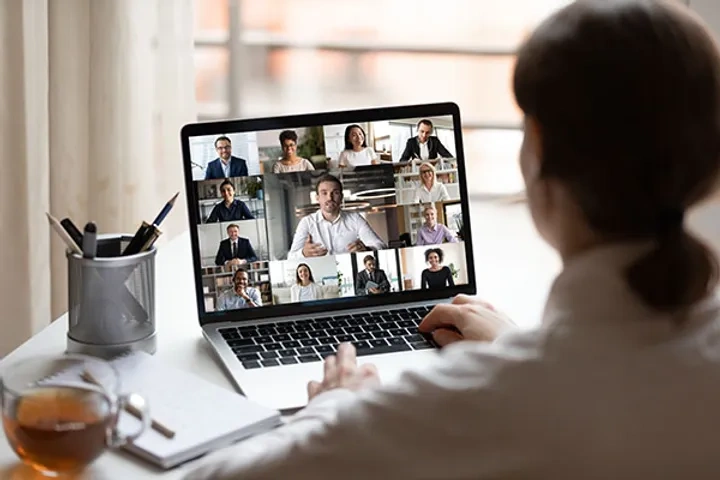As we adjust the way we live and work in this new, more socially-distanced online world, there’s never been a more opportune time to add webinars to your marketing mix. While webinars are hardly new, they are now an excellent tool for connecting and engaging with customers from a distance. In many cases, they can even help brands replace some of the revenue they were generating from other areas that have been paused or shuttered indefinitely.
Organizing your first webinar can be daunting, but the truth is there is a tested formula that works, which can be adopted by most businesses. The first step in launching a webinar is determining a topic, and the best way to do so is to work backwards from your audience’s main desire or problem. Is your audience in need of a new product or service that will improve an area of their life? Does your audience need guidance, a demo, or training? Allow the issue you are addressing for them to guide your topic and outline.
When you begin building out your webinar, consider if, and where your viewers are in their “buying journey” with your organization:
- For prospective buyers and new clients, webinars should be more focused on bringing awareness to your brand, which might include presenting research, advice, and testimonials about your product or service.
- For buyers who are nearing or are in the buying stage, your webinar should highlight specific information that helps them make a final decision. This could be the features you offer, the specific solutions/problems you solve or other ways to further optimize the benefits of your product/service.
- For buyers or clients who have made a purchase, your webinar should be educational and resourceful. Look to help your customers make the most out of their new product or service.
Rather than trying to encapsulate information that satisfies viewers in various stages of the buying process, consider keeping the focus of your webinar narrow and specific so you are catering to your audiences’ most urgent needs. Viewers are more likely to tune in if they feel like you are addressing a problem specific to them.
Once you’ve got a framework in place you can begin filling in the material, which should include ideas and insights that are unique to your brand, research to back up your presentation, and limited sales pitch fluff, especially for webinars aimed at those who have already made a purchase. With an abundance of sophisticated online streaming tools and platforms, you can leverage video and audio capabilities to make your presentation more engaging and less one-dimensional.
When it comes time to promote your webinar, leverage all available marketing and communication channels. Utilize email marketing to target specific audiences that are best suited to the webinar, promote it on social media to capture a wider range of possible viewers, send personal invites to prospective buyers and clients, and use your network and word-of-mouth to reach others in your industry.
The most important post-webinar action is to analyze its effectiveness so you can improve for the next one. You can do this by counting traffic, leads, or purchases generated as a direct result of the webinar. You can also glean specific feedback by sending participants post-event surveys. Regardless, it’s important to keep in mind that your first webinar might not be perfect, but it’s a giant step in expanding your marketing mix for our new world.
While webinars might seem challenging at first, consider the many ways it’s similar to giving a presentation or demo in person. Here’s a simple checklist to make sure your virtual event is the best it can be!
PRELIMINARY PLANNING:
- Identify the problem or need of your buyers or clients
- Set a topic and determine your goals and metrics for the webinar
- Pick a date, speakers and/or hosts, and select a webinar platform
- Create marketing materials, including registration pages, invites, and more
- Work with speakers and stakeholders to outline the webinar and begin building out any accompanying deck or slides
PLANNING & EXECUTION:
- Begin promotion through email marketing, social media, advertising, word-of-mouth, and other available channels
- Complete a full run-through with speakers and test audio, visuals, slides, and connection
- Send out reminder emails and sign-in information
POST-WEBINAR:
- Follow-up with attendees and provide next steps, a feedback survey, and/or call to action. Triggering automated email campaign workflows can work wonders here.
- Share the webinar recording with clients or buyers who couldn’t attend
Let ResponseGenius help take your email marketing to the next level – hello@responsegenius.com


